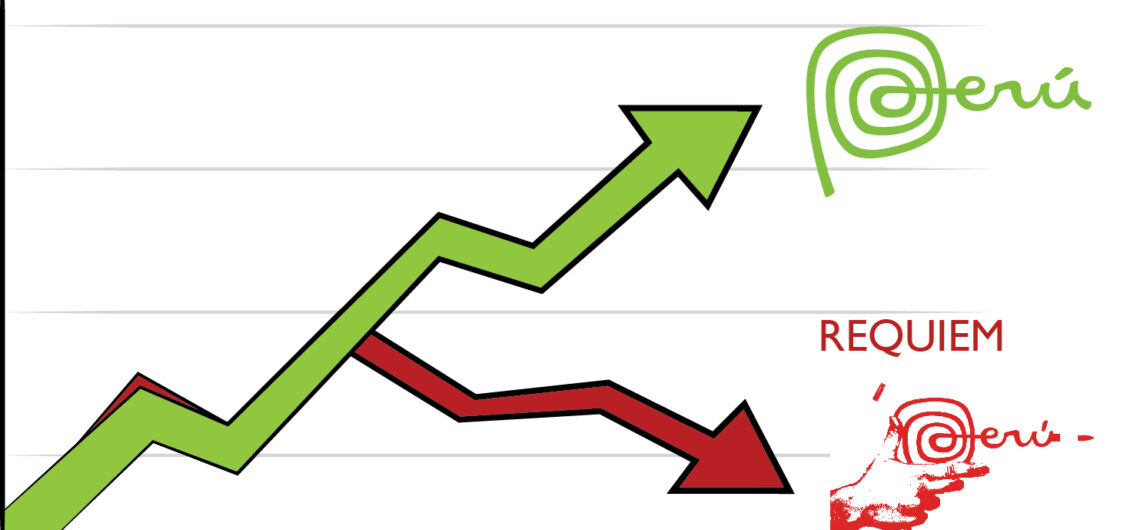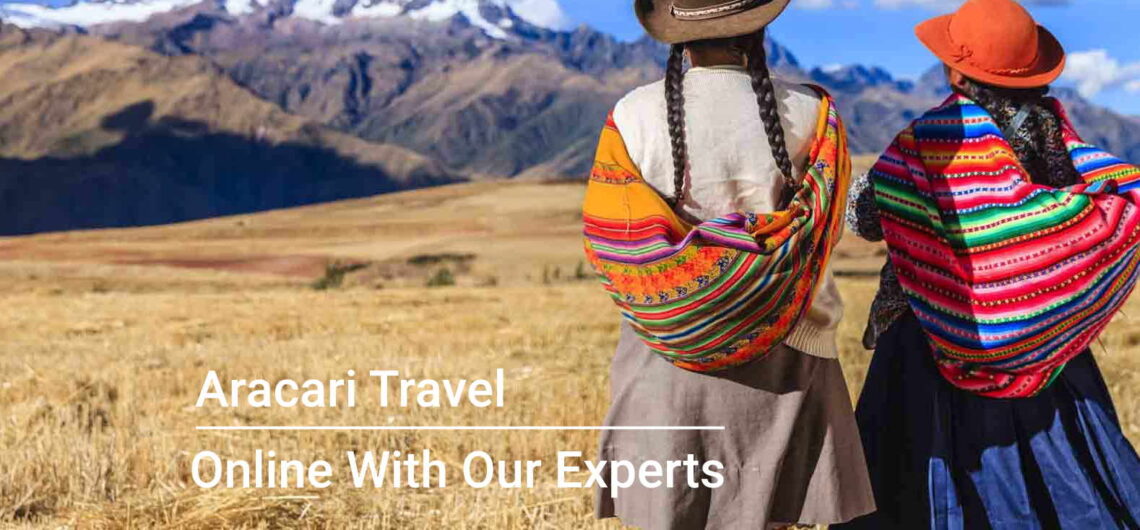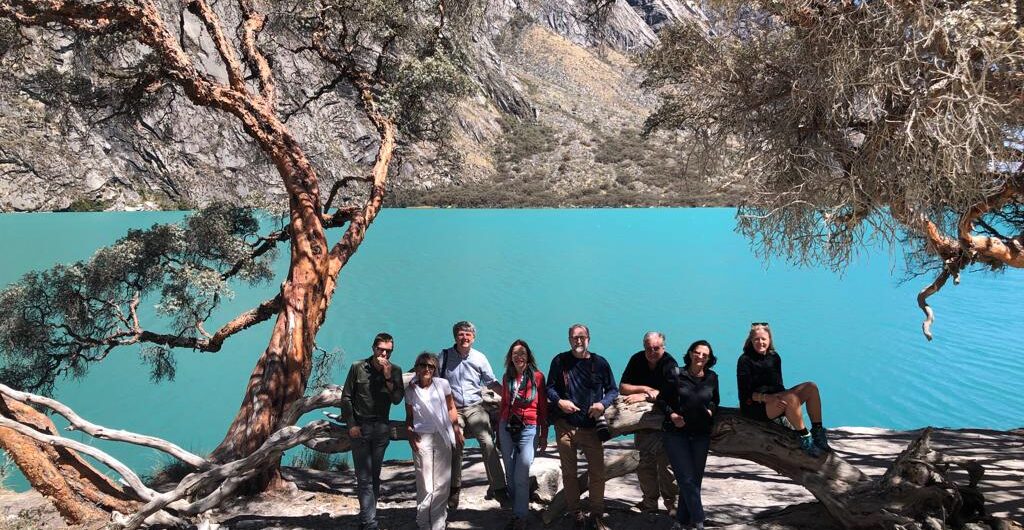Tourism in Peru over the past couple of decades has seen immense progress and growth, but with any development, the positive results are inevitably shadowed by accompanying negative effects. Looking at tourism in Peru, we could certainly sing an anthem, celebrating the many advances in infrastructure, management, quality of service…
Much like Tutankhamen in Egypt, the Lord of Sipan was a mummy discovered with immense quantities of precious metals and stones in his tomb. Sipán, in the Lambayeque valley in Peru, is famed for its rich tombs revealed by archaeologists. The Lord of Sipan’s tomb – discovered in 1987 – is…
Over two decades Aracari has built a reputation for recruiting the highest caliber specialists. The program of events we have designed for this October and November is an extremely rare opportunity to engage with some of the esteemed specialists’ Aracari collaborates with – without the need to travel to Peru, Bolivia…
Sometimes everything comes together on a trip – the people, the landscapes, the timing – to make you fall in love with travel again. This year, that feeling came to me in Northern Peru. It had been a long time in the planning. Northern Peru is remote, logistically difficult and very…



